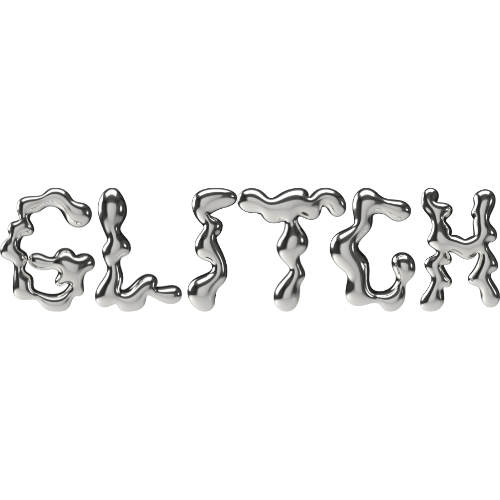Silver is hammering away at the hearts of shoppers, and it seems everybody is falling back in love with brazen metallics. After repetitive seasons that have brooded over rainbows and saturated colors, the sterile and spacey iridescence of silver is having its own cold and clean moment. Historically, there have been some unwritten rules that metallics and silvers are reserved for the festive season or New Year’s functions, but for summer 2023 the palettes of winter and summer are trading places. As the days get sunnier, lustred attire that winks in the evening sun is making golden hour ever more twinkly and seductive than before. From heavy gunmetal dyes, to foiled intergalactic brights, silver is being painted on everything from denim to couture, and the gap between the digital and physical fashion world closes is closing in, as the runways and streets are becoming their very own otherworldly cosmoi. Piloting the trend are brands such as Paco Rabanne and Dior, who have recently showcased collections that encapture this celestial trend.
In colour psychology, silvers and gold have always carried a certain glamorous luxury. Being the tones of precious metals, they have commonly indicated a certain wealth, elegance and status. Metallics began to fuse with clothing amidst a glitzy moment back in the 80s and 90s when the razzle-dazzle world of disco began to gild party wear attire. Quite quickly, sequins and mirrorball textures became all the hype, and dancing to funk beats in metallic dipped ensembles became the image of the era, encouraged by the A-lister attendees of famous disco clubs such as Studio 54. Alternatively, silver has also been seen to represent insight, foresight and intelligence. It is often used as a key branding colour, commonly by automotive brands, consultancies, and traditional businesses, helping to signify a certain professionality, competence and assuredness. In our advancing world, it has also become closely affiliated with the tech industry, colouring both their logos and their products. As such, in silvering our physical clothes and garments, we are beginning to present ourselves in a mood that is more futuristic and technologically bound. Needless to say, the silver aesthetic, enshroud in all its digital associations, is verifiably “glitchy”.
Jobs and Wozniak’s Apple—arguably the player that dominates the technology world and holds a daily function in most peoples’ lives—somewhat steered the silvered aesthetic that has now become inseparable from our notion of laptops, mobiles, and gadgets. Not only is Apple’s logo silver, but their first few products were all manufactured in a distinct aluminium tone, before being replicated in a host of colourways some years after. Presently, silver now holds this linkage to computing and cybernetics, and its trendiness in the fashion industry thus suggests people are becoming more entrenched in, and interconnected to, the intangible digital world.
The latest developments in tech, that have birthed the alternative reality of the metaverse, also seem to be adopting silver as their go-to colour. In the metaverse space, designers can push the boundaries of physical fashion, and a large part of this involves reimagining fabrics and textiles, and creating material that would otherwise be unfeasible in our elemental world. Digital fashion designers, now still in their early stages, have refined their taste for creating and developing holographic materials. Creators are playing with state and form, and have been developing almost liquid fabrics that flow, transition and reflect in unfathomable ways; the result is that much of the digital fashion on the market is spacey and almost dream-like. The pull of digital fashion is that it gives boundless potential to creators; they are unrestricted by science, physics, or practicality. Silver tones, which play with light and texture, and give an unfixed glimmering effect, have thus been somewhat central in this early experimentation with digital fabric.
It would seem physical fashion is now attempting to (unironically!) mirror the beautifully flowing and reflective capabilities of these metaphysical and ethereal fabrics. The silver trend in physical fashion could be seen as a replication of the silver trend that dominated early digital fashion. Arguably this is one of the first and most apparent instances where we are seeing the digital fashion sphere influence the physical fashion sphere, rather than the other way around. The fact that this energy, buzz, and nook of creativity around holographic fabric has flowed out from the screen and into physical reality is significant and deeply interesting. Perhaps silver being “à la mode” is more meaningful than just a color trend, and is a signifier of how the fashion industry is unknowingly becoming more pinched and pressured by advances in technology. What’s certain is that this sci-fi fever and new-found taste for pieces that glisten “out of this world” is telling of the more fantastical and daring character that fashion may begin to take as technology takes a seat at the table and begins to interfere more aggressively with our notion of aesthetics.
by Hebe Street from GLITCH Magazine





